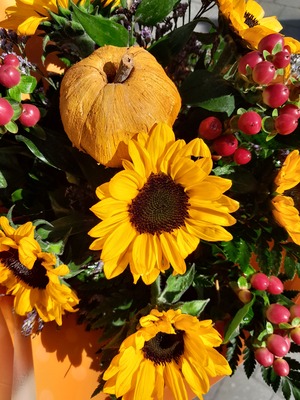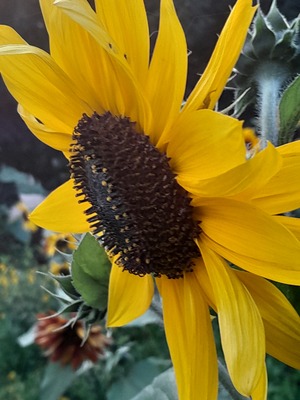
One of my favourite EFL quotes is what Katherine Bilsborough started her presentation at TESOL Greece in 2019 that we, the teachers, we are all material writers. Because we simply are, all of us. Even if we don’t ever produce a coursebook, even if we don’t ever get to share ideas on our Instagram or in our blogs. Even if we never get to be famous and renowned, we produce materials for our students, day in day out.
If you want to read more about creating materials, don’t forget to check Katherine’s blog on material writing here and her interview with some great advice here.
In this post here, I would like to share some ideas from a low-key but an advanced material writer, hoping that my everyday material creation, design and adaptation might help some of my fellow material writers, those with less experience.

Why do teachers adapt, supplement and design?
Methodology aside, the very subjective and personal answer to this question is very easy: the students are boread, the teacher has noticed that something does not go as well as planned, the teacher has found something that they really want to use, the teacher does not like whatever is in the coursebook, the teacher is bored…

The three concepts to take into consideration: the material, the activity, the aim
The material aka the physical resource that we have at hand, the photograph, the drawing, the poster, the puppet, the flashcards, realia, the song.
The activity aka the game, the reading task, the matching activity, the odd one out, in other words – a set of instructions of how to do something.
The aim aka why we bother and what exactly we want to achieve.
The understanding what these three are (and what they are not) is the absolute first step in starting your own blazing career in material design because at the stage of creation these three can be the source of inspiration and, at the later stage of reflection and readjustment, one or two of these three will be the elements that can be tweaked and manipulated in order to perfect the initial desing.
This is why, in this particular post, I am going to share ideas that had their starting point in the material, the activity and the aim.

Example #1: the coursbook
Using the sample of the unit 1 from Superminds 5 published by Cambridge University Press here, page 1 (which is page 10 of the students’ book).
The material here is an illustration, a scene from the Pompeii and three characters from the book, Patrick, Phoebe and Alex, a set of numbers and a set of words as well as the audio track which here is the list of words.
The activity is to listen and to repeat the words and to check with the partner.
The aim is for the students to become familiar with the key vocabulary in the unit and to be able to practise them before they move on to the following exercise which introduces the kids’ first adventure as time travellers.
When we started to use it in class, I kept all of the coursebook material but I decided to adapt and to extend the original activity for my students (A2 level, aged 7-8-9 years old) seemed to be ready for a more challenging task that would involve more communication and language production. One of our favourite activities here is to play riddles in which the kids work in pairs and describe one of the items in the picture either by giving their definition (It is big, it is made of, it is used for) or by providing their location in the picture (It is behind Patrick).
This way the material and the aim stay the same and only the activity is slightly adapted.

Example #2: Own materials on Miro
This is a task that I designed for my 1-1 online student, aged 6 y.o. who cannot read yet.


The material here, created using Miro Board, is a picture of a tractor, a set of photos of animals, and a set of colourful cards with simple descriptions of animals.
The activity is a riddles game in which the teacher reads out the definitions of the animals in the order chosen by the student. The student listens and guesses the animals which is later revealed by the teacher.
The aim is to practise listening skills, to develop the ability to focus and to practise the names of animals. In the long run, this activity is used also to prepare the student to start producing similar riddles about a chosen animal.

Now, the next step will be the three follow-up posts devoted to resources whose existance started from finding a new material, coming up with a new game or with a very specific aim for the lesson. Don’t forget to check them out!
Happy teaching!
*) This is one amazing slogan that belongs to Sainsbury’s, the chain of supermarkets in the UK.
**) The material presented here was first a webinar given for teachers from all around the globe, organised by BKC Moscow in September 2022